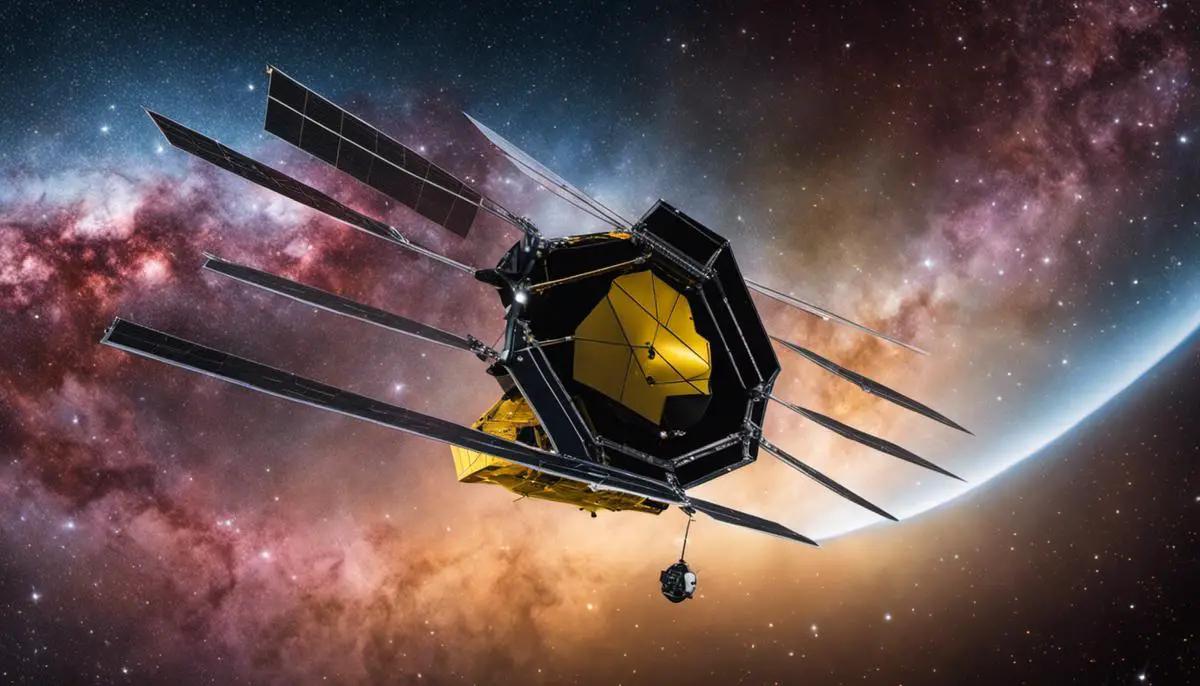The James Webb Space Telescope (JWST) mission stands as an epitome of human curiosity and scientific advancement. As a journey into the uncharted territories of the cosmos, this mission aims to unravel the mysteries that hide in the cornerstones of the universe. Nonetheless, along with the great promise it holds for the advancement of space exploration, the JWST mission also presents a set of significant risks and challenges, both technical and operational. This discourse provides an in-depth understanding of these potential risks, illuminating the intricate and significant work behind such a landmark scientific endeavor.
Background and Purpose of James Webb Mission
James Webb Space Telescope: The Largest and Most Powerful
The James Webb Space Telescope, to be launched by NASA, is a far more powerful counterpart to the Hubble Space Telescope. Covering a broader spectrum—from infrared to visible light—JWST will delve deeper into the universe’s past, investigating mysteries such as the formation of stars and galaxies and the possibility of life on exoplanets. It promises to provide a new perspective on the cosmos, inspiring future generations of space explorers and researchers.
Risk Factors: The Webb’s Journey to L2
The inherent complexity of the Webb’s mission presents numerous risk factors. To reach its destination point, known as the second Lagrange point (L2), the Webb must travel 1.5 million kilometers from Earth—far beyond the Moon’s orbit. This complex trek involves several stages of expansion and calibration, each with its own set of risks. A failure at any point could lead to a mission-ending scenario or at least limit JWST’s scientific capabilities.
Webb’s Deployment: Complex and Automation-Reliant
Upon reaching L2, Webb’s intricate deployment begins, executing a set of actions over two weeks. This phase involves unfolding its sunshield—a tennis court-sized, five-layered piece designed to protect the sensitive instruments from the Sun’s heat—and deploying its mirrors for observation. The success of these operations, carried out by automated sequences, is crucial: if an error occurs, there’s no way for engineers on Earth to remedy it. This contrasts with the Hubble Telescope, which could be serviced by astronauts.
Instrumentation and Operations: The Risk of Advanced Technology
James Webb’s mission’s risk is also driven by the telescope’s advanced technology. It carries four main scientific instruments, each presenting their own technical challenges: the Near-Infrared Camera (NIRCam), the Near-Infrared Spectrograph (NIRSpec), the Mid-Infrared Instrument (MIRI), and the Fine Guidance Sensor/Near InfraRed Imager and Slitless Spectrograph (FGS/NIRISS). If any of these instruments fail or underperform, Webb’s scientific objectives could be compromised. In addition, these instruments must operate in extremely cold (-370 degrees Fahrenheit) and dark conditions, introducing potential hardware and software challenges.
Investment Risks: The High Cost of the Webb Mission
The financial risks associated with the James Webb Space Telescope (JWST) project are considerable. The mission’s budget has ballooned to nearly $10 billion; a sum funded by numerous agencies, including NASA, the European Space Agency, and the Canadian Space Agency. While this venture holds immense potential for scientific discovery, the fear is that a mission failure could seriously impede future funding opportunities for similar endeavors. Despite the inherent risk, the potential knowledge gained makes the mission a tantalizing prospect.
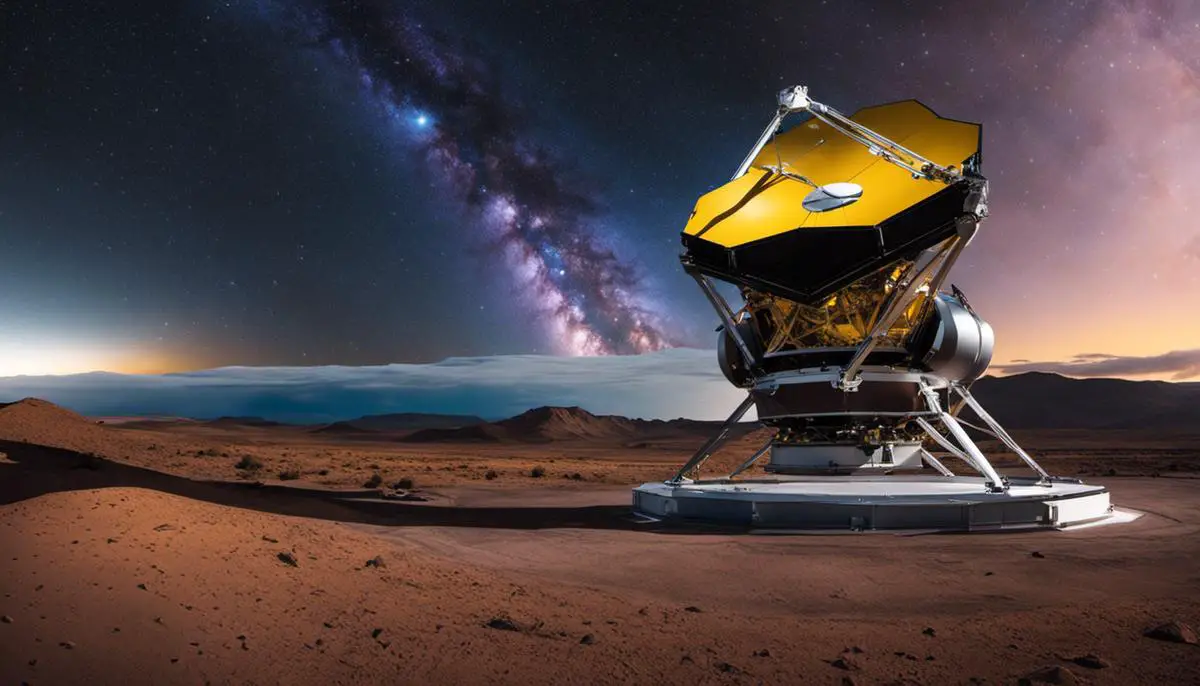
Technical Challenges in James Webb Mission
Novel Engineering: The Technical Obstacles of the Webb Mission
The James Webb Space Telescope (JWST) is presented with unique challenges due to its remarkably innovative design. Unlike its predecessor, the Hubble Space Telescope, the JWST is designed to fold like origami in order to fit within the launch vehicle. Once in space, it will then carefully unfold to its full size. This groundbreaking approach introduces considerable risk – each fold and deployment is critical, and any slight error or malfunction could critically compromise the mission. Nevertheless, the ingenuity and technical advancements encapsulated by this design are truly game-changing.
A Risky Journey to the L2 Point
Another challenge arises from the James Webb Space Telescope’s location. The telescope’s destination, the second Lagrange point (L2), is approximately 1.5 million kilometers away from the Earth. The L2 point, while an excellent location for astronomy, poses several challenges. For one, if any onboard emergencies or technical issues arise during its journey or its stay at L2, human intervention for repairs is impossible given the current capabilities of space travel. Unlike the Hubble telescope, which underwent multiple servicing missions, the James Webb has to operate flawlessly over its planned lifespan.
Extensive Testing and Construction Challenges
The JWST is a test bed for several new technologies and materials. As such, extensive testing and validation of each component have been necessary to ensure reliability. However, these tests have been time-consuming and costly. Moreover, the integration of these new and untested technologies adds a layer of uncertainty and risk to the mission.
Protection From Heat: The Sunshield
The Sunshield is perhaps the most critical part of the JWST, designed to protect the optical instruments from the Sun’s heat. It is made of five layers of specially coated, ultra-thin Kapton film, which must unfurl correctly once in space. The proper functioning of the Sunshield is crucial to the success of the mission as it provides the cold and stable environment needed for the telescope to operate accurately. Any failure in this component could render the entire telescope useless.
Exceptionally Advanced Equipment and Observations
The James Webb Space Telescope boasts some of the most advanced scientific instruments ever seen in a space telescope. Each one implies its own unique challenges regarding manufacturing, calibration, testing, and operation. Furthermore, the types of observations the JWST aims to conduct, such as peering back to the ancient universe to witness the birth of the first galaxies, asks for unrivaled sensitivity and accuracy. The high standards of performance needed amplifies the expectation on each segment of the system to operate without a hitch, therefore escalating the associated risk factors of the mission.
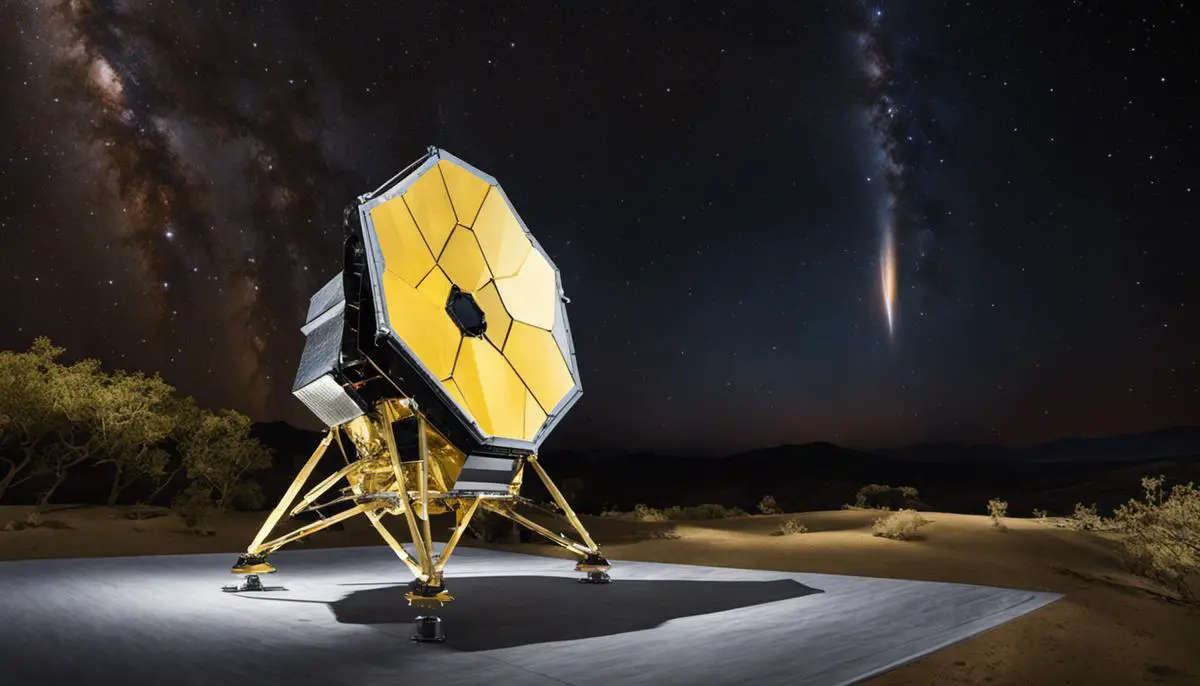
Orbital, Operational Risks, and Contingencies
Orbital Challenges: Launch and Placement at L2
Another prospective risk linked to the James Webb mission is associated with the launch and the subsequent positioning of the telescope at the second Lagrange point (L2). The mission’s successful outcome depends heavily on the spacecraft’s precision placement at L2, a point approximately 1.5 million kilometers away from Earth. Any missteps or deviations during the positioning phase could result in serious complications that have the potential to put the whole mission in danger.
Launching Risks
The launch itself carries significant risks. Liftoff and the subsequent journey through space involve high levels of speed and extreme temperatures, putting strain on the telescope’s sensitive instruments. An unsuccessful launch can be catastrophic, resulting in the loss of the telescope.
Regrettably, since the telescope is so far from Earth, it is essentially on its own once launched; there are no do-over attempts or repair missions if anything does not go according to plan.
Operational Risks: Onboard Systems Failure
Once the James Webb Telescope is in orbit, there are several operational risks that could potentially impact its mission. One of the major concerns is the possibility of onboard systems failure.
The telescope hosts an array of complex instruments and technologies, and a failure in any of these systems could severely hinder its ability to perform its scientific functions. There are risks associated with the telescope’s solar shielding, cooling systems, mirror segment deployment, and on-board computers.
Solarshield Malfunction
Another significant risk is associated with the telescope’s solar shield. The James Webb Telescope will be operating close to the Sun, and its solar shield is designed to protect its delicate instruments from the Sun’s heat.
A malfunction in the solar shield would expose the telescope to extreme temperatures, causing potential damage to its scientific instruments. As the telescope can’t be serviced after launch, a failure with the solar shield could end the mission.
Strategies to Counter Potential Risks
In the face of potential risks to the James Webb Space Telescope’s mission, a number of strategic precautions have been taken to enhance its chances of success. For example, exhaustive tests have been conducted on the spacecraft to mimic the conditions it is certain to encounter, ranging from violent launch vibrations to the intensely cold vacuum of deep space.
Moreover, the mission team has extensively reviewed and rehearsed a multitude of scenarios to ensure that the onboard systems and the solar shield function normally. In addition, there are inbuilt redundancies in these systems: if one component fails, another one is automatically activated.
Tying all these efforts together is a dedicated team of scientists and engineers on Earth who are prepared to identify, analyse and solve any unexpected difficulties that the telescope may come across during its mission. These measures, although they cannot entirely rule out risks, significantly improve the mission’s odds against unexpected scenarios.
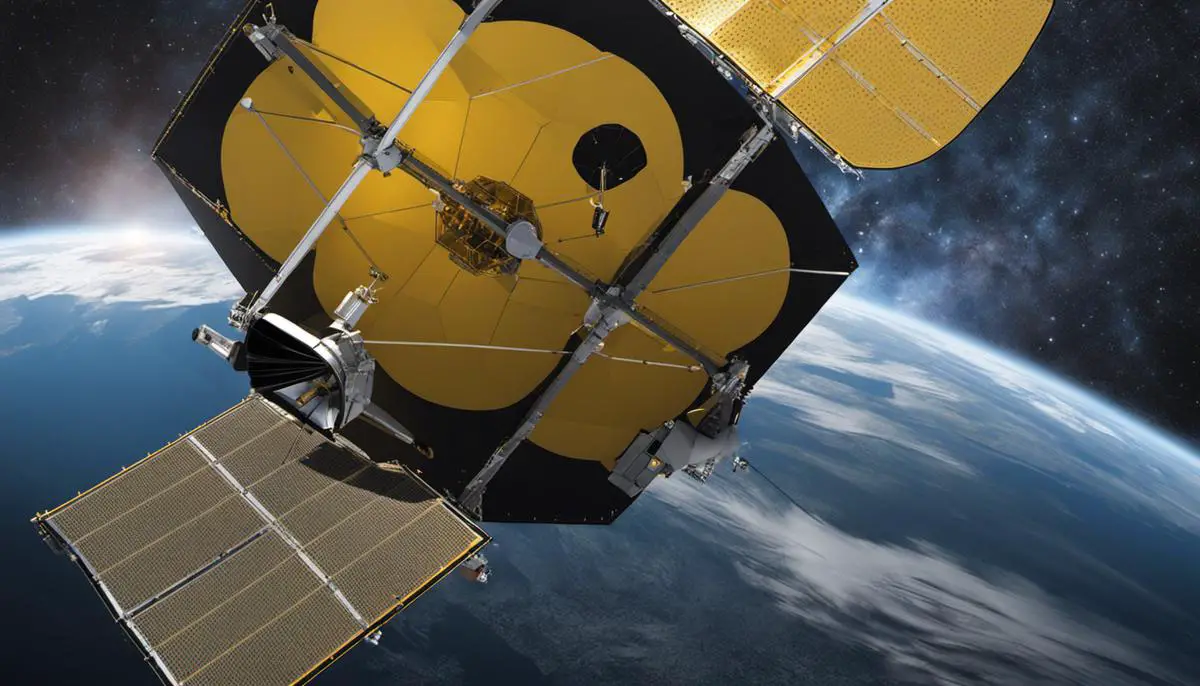
Unpredictable Variables and their Impact
Navigating the Threat of Space Debris during the James Webb Mission
One potential hazard that the James Webb Space Telescope (JWST) must navigate during its mission is the so-called ‘silent threat’ of space debris. This includes minute particles left behind from past missions, natural dust of cosmic origin, asteroid collision remnants, all of which populate Earth’s orbit in vast amounts. Traveling at high speeds, these particles have the potential to deal considerable damage to spacecrafts.
During its transit to its destination point situated a whopping one million miles away from Earth, the telescope will have to traverse the dense regions called Van Allen radiation belts, teeming with charged particles. While the craft is resilient enough to shrug off small particle impacts, a larger piece of debris could potentially compromise its delicate instruments.
To circumvent this, the mission team has employed advanced tracking systems that let them chart out the debris and accordingly calculate the least debris-dense route. The JWST’s design also incorporates multiple protective features and redundancies as a further line of defence against any potential damage from an unexpected debris collision.
Cosmic Radiation: Invisible but Significant Impact
Another unpredictable factor is cosmic radiation. The JWST must contend with high energy particles, which are emitted by the sun and other celestial bodies. These particles can pass through walls of the spacecraft, potentially interfering with the telescope’s sensitive electronics and impairing its imaging capabilities.
Radiation-hardened components are one of the means by which the team intends to mitigate radiation risk. The JWST incorporates shielding around its most sensitive and critical systems, providing protection from harmful solar and cosmic radiation.
Deep-Space Temperatures: A Double-Edged Sword
In the hostile environment of space, temperatures can be a major concern. The JWST operates at very cold temperatures, nearly -223 degrees Celsius, to maintain its delicate instruments’ sensitivity to weak heat signals emitted by far-off galaxies.
However, operating at such temperatures presents its own challenges. The extreme cold could potentially cause materials to freeze and crack, jeopardizing the telescope’s functionality.
In response, the JWST employs a large sunshield, which protects the telescope from the Sun’s heat and light while simultaneously maintaining the cold temperatures necessary for its operation. The sunshield reduces the sunward-facing side’s temperature by about 570 degrees Fahrenheit, allowing the telescope instruments to stay cold.
Even with meticulous preparation and the use of cutting-edge technology, the risk factor inherent in space missions can’t be overlooked. The James Webb Space Telescope (JWST) mission, too, is no exception to this rule, carrying numerous potential risks due to countless variables outside human control. However, NASA’s stringent testing processes are designed to mitigate these risks as much as possible, with the ultimate aim of ensuring that the JWST successfully achieves its monumental mission of delivering transformative insights about our universe.
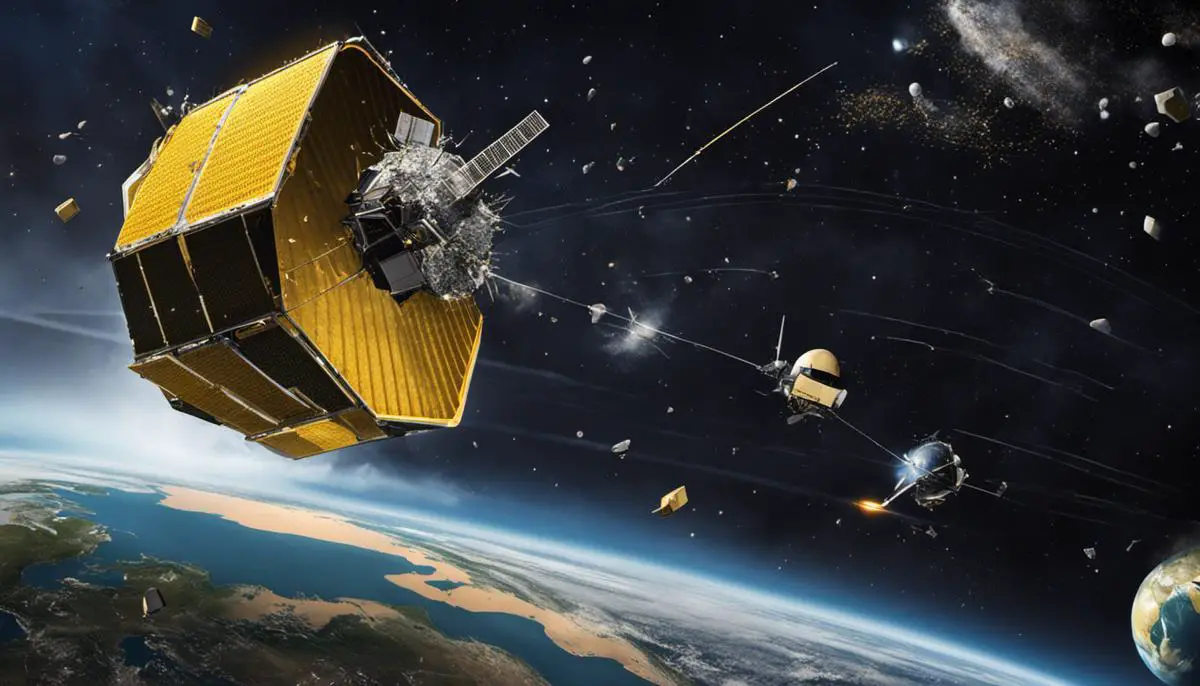
Potential Consequences of Mission Failure
Considerations Regarding Potential Financial Implications of a Failed JWST Mission
The JWST project ranks among the most expensive space missions ever undertaken, with costs estimated to have soared beyond the $10 billion mark. In the unfortunate event of a mission failure, the substantial investment that has been cumulatively poured into this project over the last two decades would be a grave financial loss. Such a failure could result in a domino effect on the financial planning of future projects. It could lead to potential cutbacks or deferred timelines in other scientific endeavors, given the budgetary impact.
In addition, acknowledging the lengthy planning and development phase that the JWST has been through, a mission failure could significantly interfere with the anticipated return on investment for several international partners. They have made major financial contributions to this project, including but not limited to, the European Space Agency and the Canadian Space Agency. A setback on this scale could possibly affect these agencies’ inclination to participate in similar investment-intensive projects in the future, and this could in turn pose challenges for international cooperation in the field of space exploration.
Scientific Consequences of an Unsuccessful JWST Mission
The scientific implications of a failed JWST mission are enormous. The telescope is designed to answer important questions about the universe, such as the conditions in the early universe, the potential for life on exoplanets, and the nature of dark matter. If the mission fails, these queries may remain unanswered for many years or even decades, until another comparable instrument can be developed and launched.
The loss of the JWST could also disrupt the many research plans that are dependent on its data. This would be a significant setback for the thousands of scientists worldwide who have been preparing to explore the universe through the lens of this advanced instrument.
Psychological Effects of a Failed JWST Mission
The potential psychological effects of a failed JWST mission should not be dismissed, particularly considering the high expectations and anticipation surrounding its launch and operation. For thousands of scientists, engineers, and students, the JWST is a testament to human ingenuity and determination in the quest to understand our universe.
A failure could deal a significant blow to morale within the scientific community and dampen enthusiasm for future space ventures. Furthermore, as the project is highly publicized, a failure could also lead to public disillusionment, affecting public interest and support for space-related initiatives, particularly those associated with a high risk.
Lastluly, JWST stands as a symbol of international cooperation in the realm of space exploration. The potential failure of such a high-profile mission could deter future multinational space collaborations, sidelining the potential benefits that these cooperative ventures can offer.
Despite these potential consequences, it’s important to remember that failure is often an inherent part of scientific progress and space exploration. While success remains the ultimate goal, even a failed mission can offer invaluable insights to refine future endeavors.
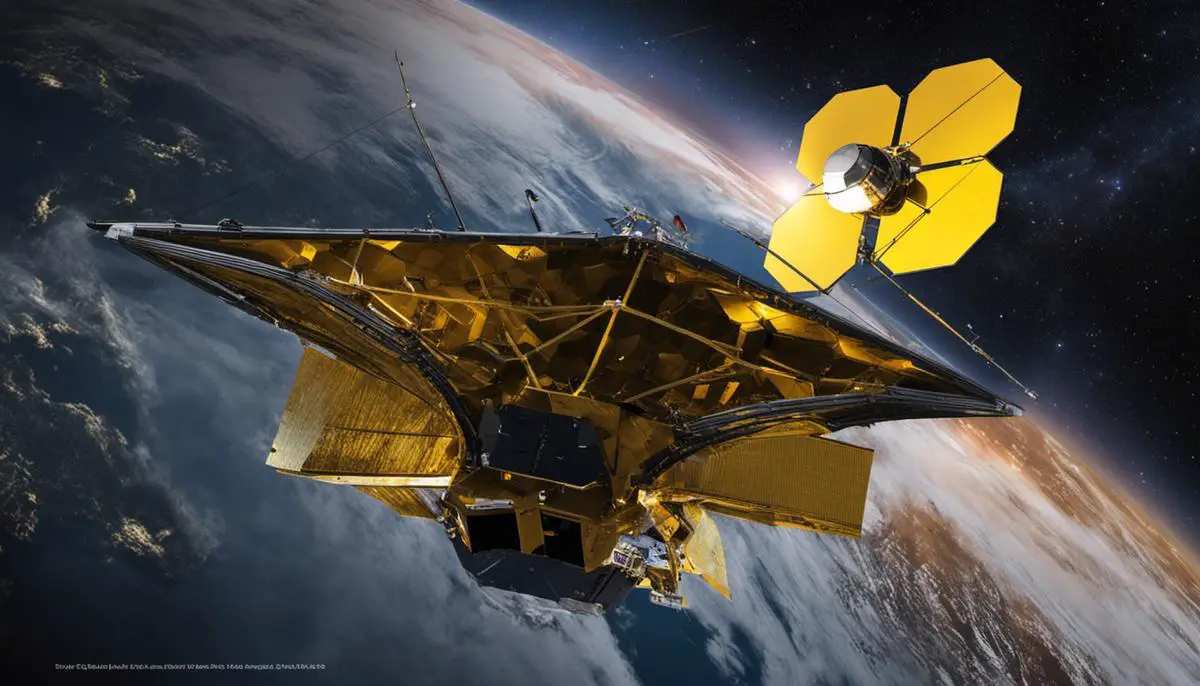
Along with the anticipation and excitement that accompanies the JWST mission also comes a sense of trepidation regarding the potential risks and unforeseen challenges it may face. It is crucial to appreciate the massive effort put into mitigating these risks, yet simultaneously, acknowledge the fact that space exploration inherently involves dealing with vast unknowns. Although a mission failure could have profound repercussions, the courage to embark on such a daring journey signifies humanity’s relentless pursuit of knowledge, a testament to our unparalleled aspiration to understand the cosmos in all its grandeur.
![]()
